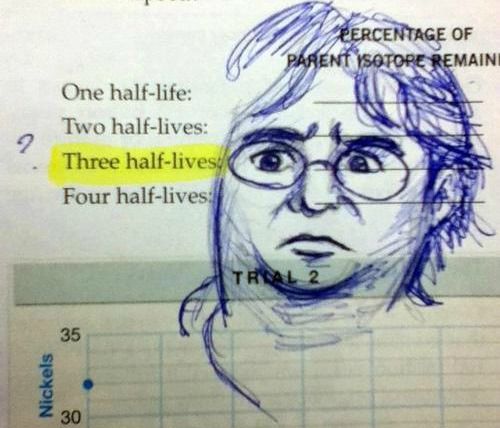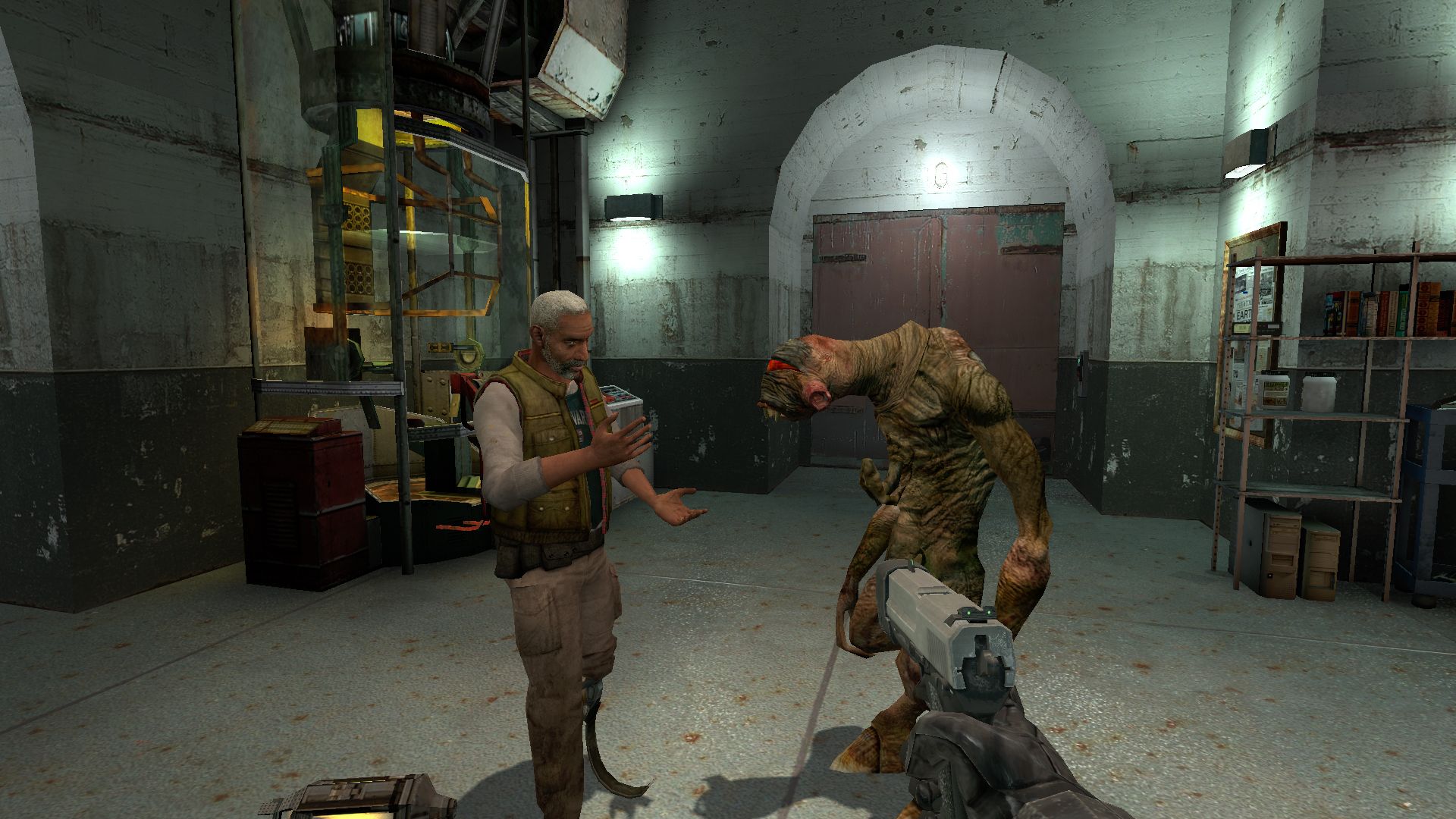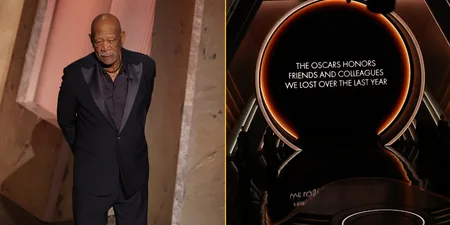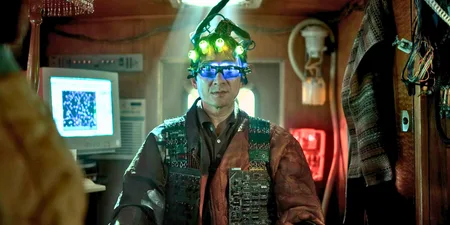In May 2006, Half-Life 2: Episode Three was announced by Valve. It was slated for a 2007 Christmas release.
Christmas came and went, while children (and adults, mainly adults) around the world sat in a disappointed slump, staring at the game-shaped space under the tree. It’s been 10 years since that announcement and we’re still left without an ending, without resolution, and if you remember how Episode Two concludes, you’ll appreciate the need for closure.
In 2009 hopes were quickly and dramatically raised when it became clear that Valve were about to make an announcement, expected to be news of the next instalment of Half-Life. Hopes were quickly and dramatically crushed when it turned out to be Left 4 Dead 2, immediately sparking a ludicrous boycott of the game and a demand from fans for better communication from Valve. Ultimately Left 4 Dead 2 went on to be massively successful, so you can say that Valve won that round.
Everything Valve does has been scrutinised ever since. Avid fans pick apart releases, looking for clues that might suggest a new Half-Life game is on the way, and sometimes they find them; file names and game elements that seem to have a link to the vaporous Episode Three, though almost all of them have been denied or written off by Valve. There’s a reason that “Half-Life 3 confirmed” is one of the longest-running jokes on the internet.
It’s remarkable that a franchise as utterly dormant as Half-Life can still whip up such a fuss, but then Half-Life is a remarkable franchise. Few games change the industry, but even fewer change it multiple times. Released in 1998, Half-Life built on the work of early genre champions Doom, Quake and Duke Nukem to produce a first-person shooter that was more than blowing aliens to hell; it had a compelling story and an immersive world in which to tell it.
Six years later, Valve redefined what was possible in games for a second time with Half-Life 2. Thanks to the Source and Havok engines, Half-Life 2 broke new ground in gameplay, graphics and most notably, in-game physics. From the first time you picked up that can to the moment you got your hands on the Gravity Gun, Valve never wasted an opportunity to show off the world of possibilities they had created within Half-Life 2.
Episodes One and Two followed, meant to usher in the beginning of a new episodic form of gameplay, with a new instalment supposedly arriving every three months, if this copy of Computer Gaming World is to be believed.
But instead, nothing came. Valve and their commander-in-chief Gabe Newell promised that the game was coming soon, then they promised that it was coming but not soon, then they started dancing around the subject, until finally they resolutely refused to say anything about Half-Life 3 at all. This video follows the way Gabe fields Half-Life questions over the decade it has been absent – watch as the likelihood of a third instalment slips further from our fingers.
Everyone is essentially asking the same question: where’s Half-Life 3? There are no answers in the video, but it tells us one thing: the hunger is real. The fervour of anticipation for Half-Life 3 is unlike anything else in entertainment. The closest comparison in recent years would be Star Wars: The Force Awakens, but we at least had the luxury of knowing it actually existed and would be physically available. Valve have made no such promises, nor even hints of such promises, continually refusing to talk about it at all.
We all have one question for Valve, but to find the answer, we have to consider the question Valve is asking itself: what could they actually hope to achieve by making Half-Life 3?
Money, for sure. Boatloads of it. More money than any game in recorded history. But if money was the only motivating factor, we’d be on Half-Life 7 by now. Thanks to the massive success of Steam (Valve’s digital game distribution platform) and multiplayer titles Team Fortress 2 and Dota 2, Valve is absolutely rolling in it; it’s said to be worth around $2.5 billion dollars, not bad for a private company.
There is no doubt that if Half-Life 3 dropped tomorrow, it would be one of the best-selling games of all time before the year is out, but when you’re as wealthy as Valve, what’s the rush? When it comes to Half-Life, Valve are stuck between a rock and a hard place: the unimaginable weight of expectation and the need to be remarkable. It’s no longer enough to continue the story of Half-Life, and after such a long break, it would be nearly impossible to live up to hype. Instead, Valve has to literally change the game. Again.
The impending age of VR seems like an obvious avenue for Valve to go down, but veteran developer Ken Birdwell said that “if players actually did all of the actions from Half-Life in VR, they’d be fatigued in five minutes”, though he acknowledged that using the technology in some way was possible. Other games and developers have carried the technological and storytelling batons in Half-Life’s absence, so what would make the return of Half-Life a realistic prospect?
Unfortunately, that’s a question only Valve can answer, because despite the millions of people clamouring for even the faintest whiff of Gordon Freeman’s crowbar, any new Half-Life game will be made to satisfy some internal hunger at Valve rather than public demand. Before there’s any hope of meeting the expectation of fans, Valve has to exceed its own. They know that dropping Half-Life 3 would make a splash, and a big splash at that, but Valve isn’t in the splash business. Valve is in the tsunami business, and until there’s a wave worth making, we won’t have an answer.
Read more:









































